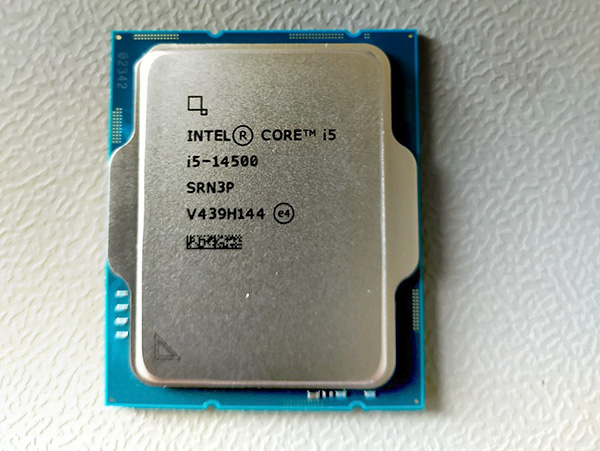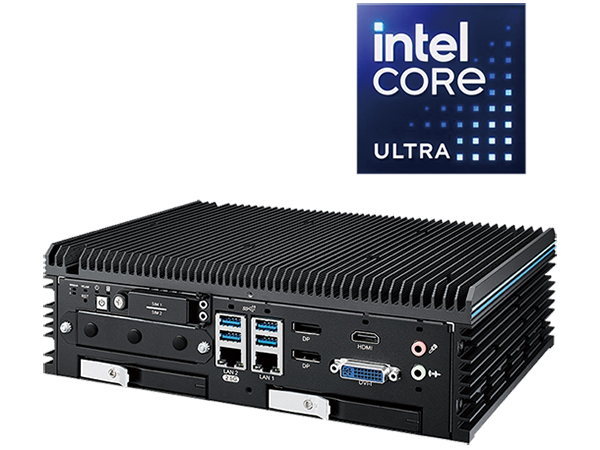Category : News by T-Pole | 28 September 2017
Kaby Lake is the codename for the evolution of Skylake architecture and is the seventh generation of Intel® i Core ™ processors.
Like the previous generation, Kaby Lake is based on the 14nm production process and it represents only a relatively simple revision of the previous one. However, we will analyse in detail the improvements that have been made:
- clock increase of about 200 Mhz
- insertion of Hyper threading on Pentium processors
- increase in graphics performance of the GPU, which now unrestrictedly supports 4K resolution and native support for 10-bit and VP9 HEVC video encoding, always at 10bit
Here are the benchmark data for i7 i5 and i3 processors of the Kaby Lake family compared to those of the Skylake family
SKYLAKE ARCHITECTURE



KABY LAKE ARCHITECTURE



The increase in performance is on average a 10%
The new i7, i5 and i3 Kaby Lake processors have integrated the new Intel HD630 GPU, while the Skylake series processors have the HD530.
As with processors, we compare GPU benchmark data.
SKYLAKE ARCHITECTURE

KABY LAKE ARCHITECTURE

Improving graphics performance is definitely more interesting; we are around 20%.
SOME CURIOSITY ON KABYLAKE ARCHITECTURE
- Kabylake processors are the first Intel® i Core ™ to be produced with the new PAO philosophy that replaces the Tick-Tock phases (term used by Intel to indicate its microprocessor development approach, through which the development cycle of CPU was divided into two successive “steps”). Starting in 2016, Intel® has introduced a new approach to the development of its microprocessors by introducing a third phase, and then passing to the philosophy Process, Architecture, Optimization (abbreviated in PAO).
- Kaby Lake architecture not only includes processors but also two chipsets, the Z270 and the H270. However, we will not find any traces of these products in industrial products because they are not part of Intel’s Embedded Policy and will therefore be hardly used by industrial manufacturers that need to ensure good product availability over time.

